Companies can use our cleverly crafted roster templates for their employees; moms for their children’s Soccer Team Roster Template details and others also use them. These templates are available in Word and Excel formats. These templates are absolutely free of cost and convenient to use.
Shift Roster Template
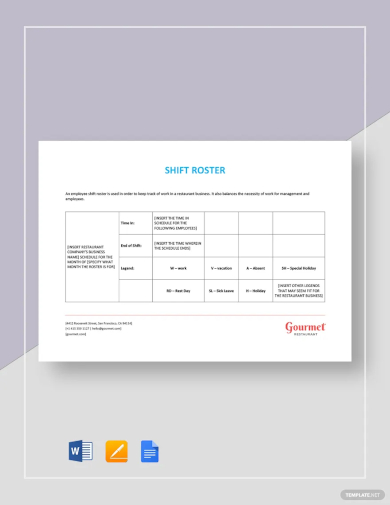
Soccer Roster Template
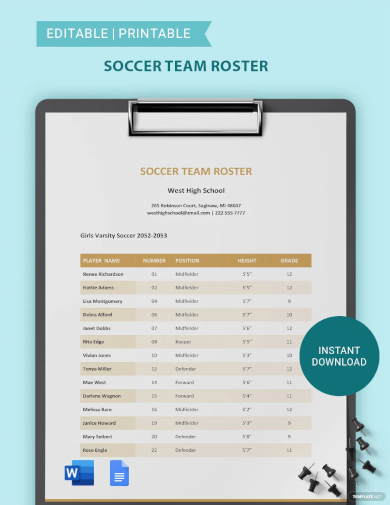
Babysitter Roster Template
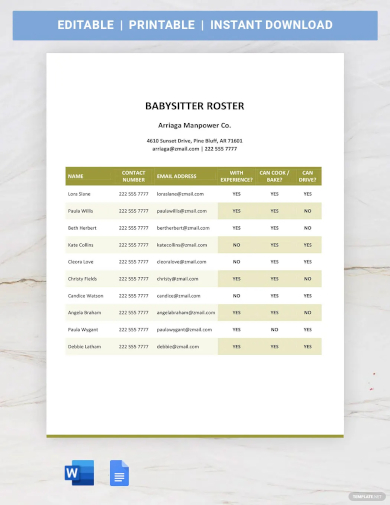
Sports Roster Template
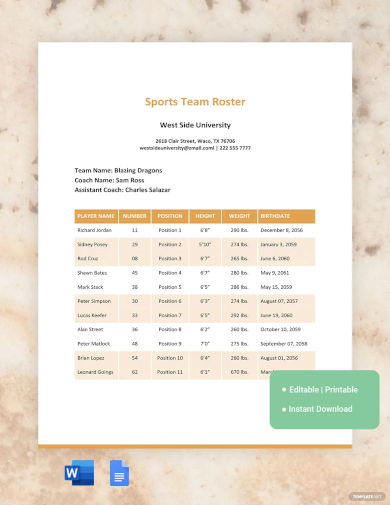
Free Grading Roster Template
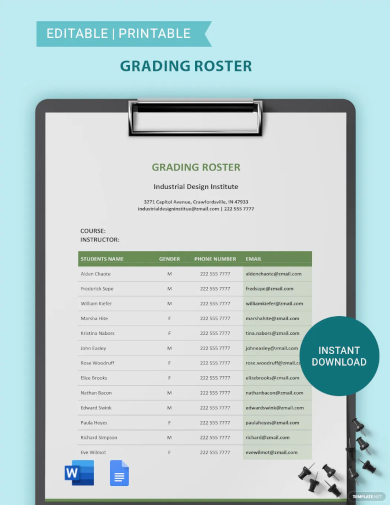
Nursing Duty Roster Template
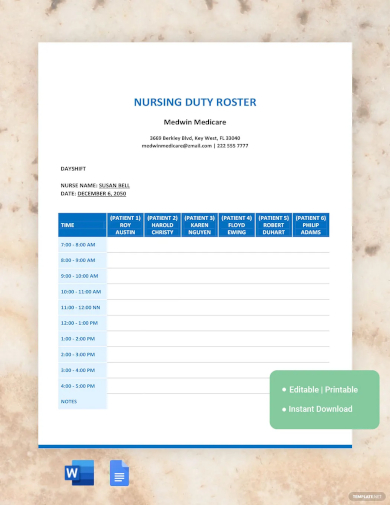
Cleaning Roster Template For Office
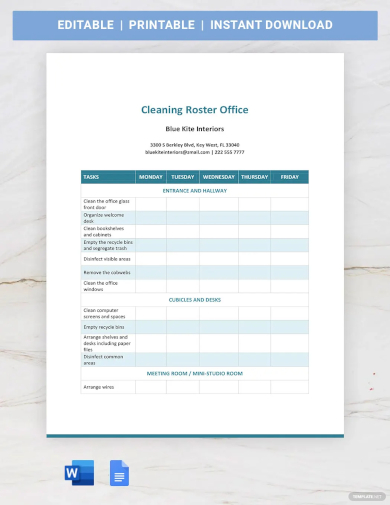
Schedule Roster Template
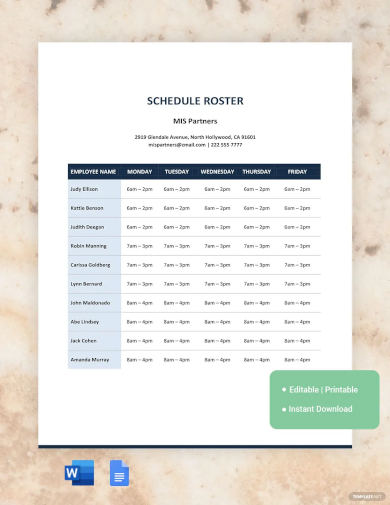
Monthly Roster Template
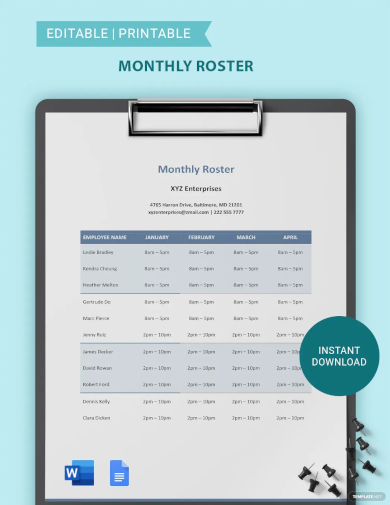
Chore Roster Template
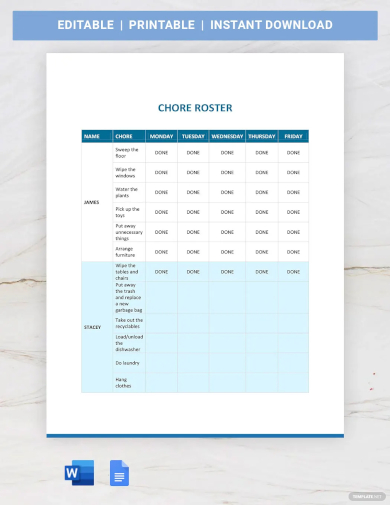
Camp Roster Template
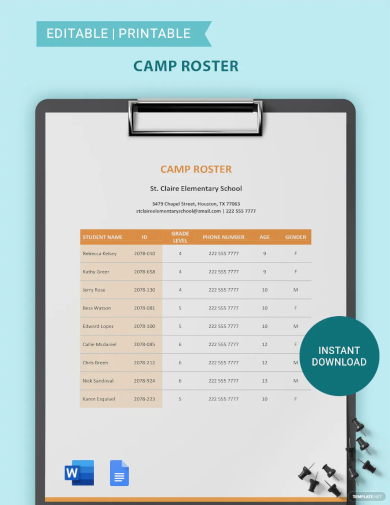
Training Roster Template
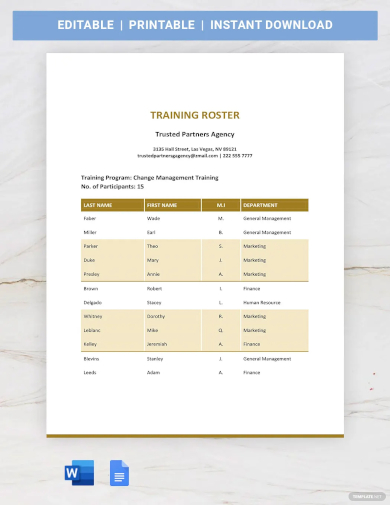
Weekly Roster Template
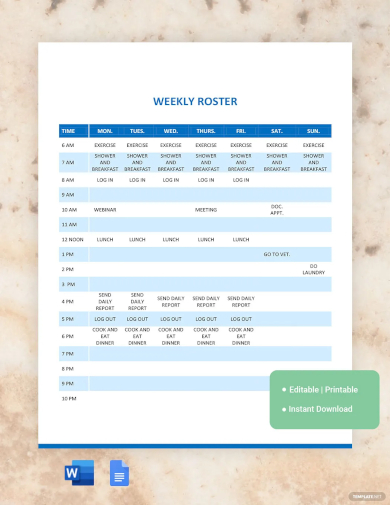
Class Roster Template
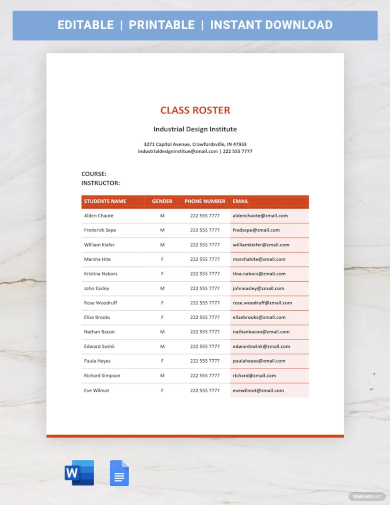
Meeting Attendance Roster Template
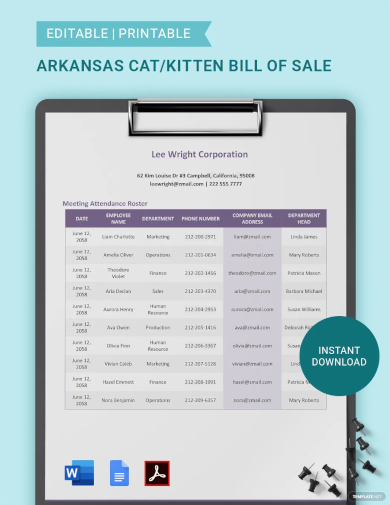
Travel Team Roster Template
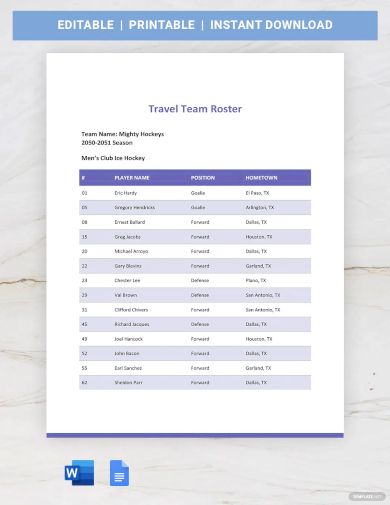
Course Attendance Roster Template
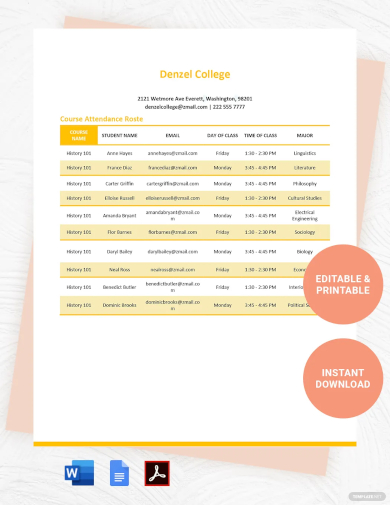
Office Cleaning Roster Template
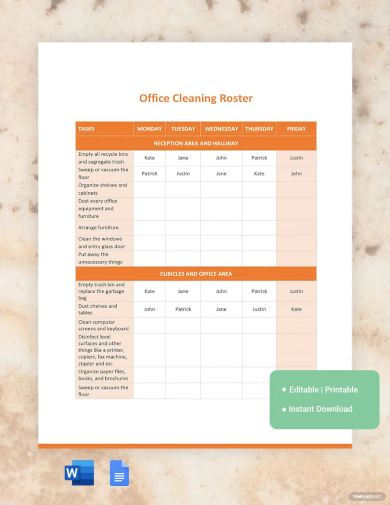
Team Roster Template
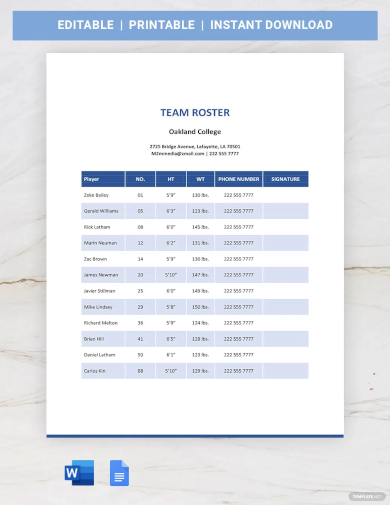
Employee Leave Roster Template
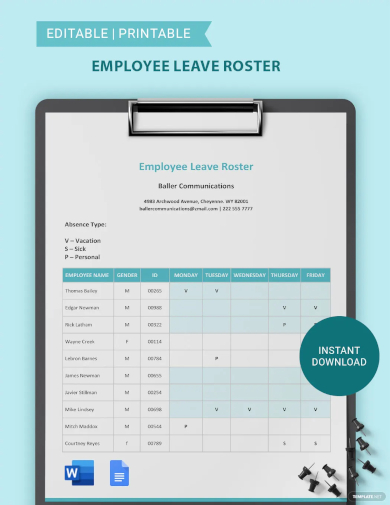
Attendance Roster Template
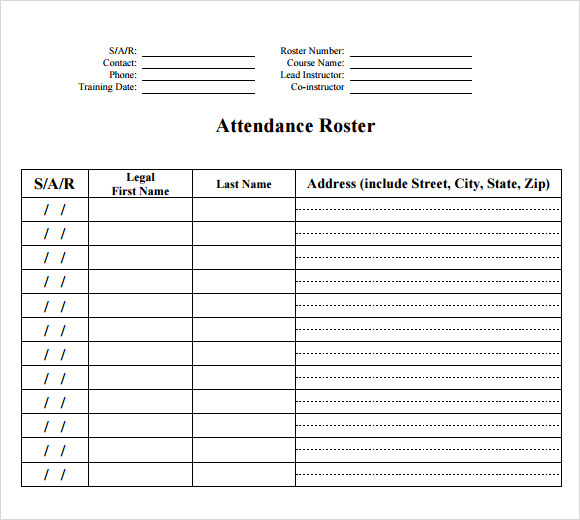
Sample Club Sports Roster Template

Roster Membership List Template
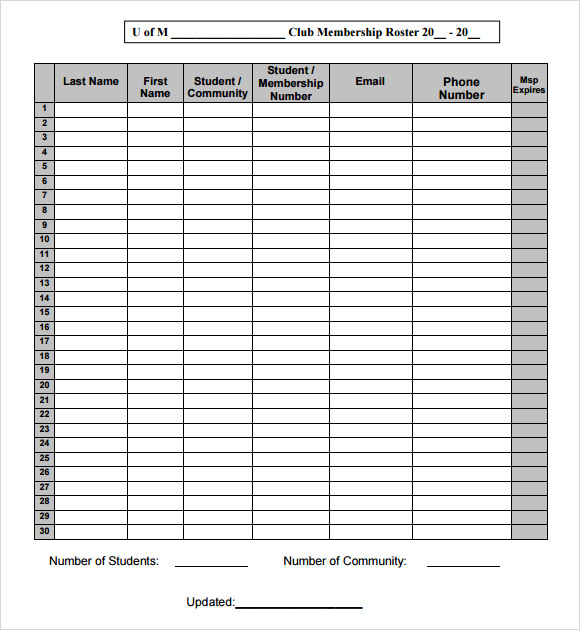
Printable Roster Template
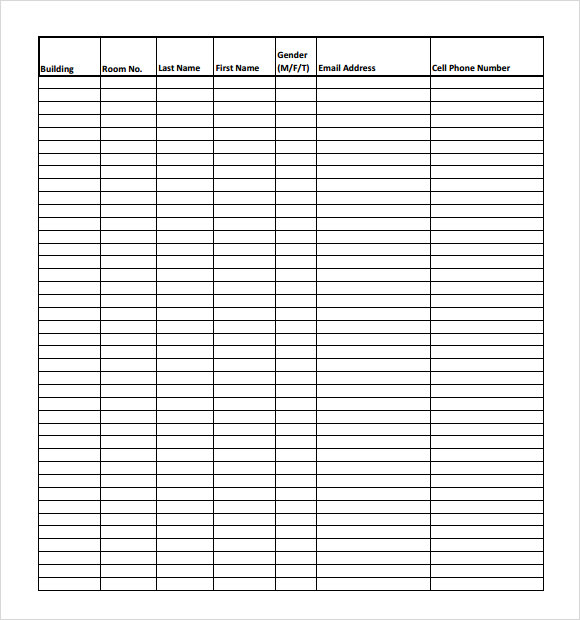
Sample Class Roster Template Excel
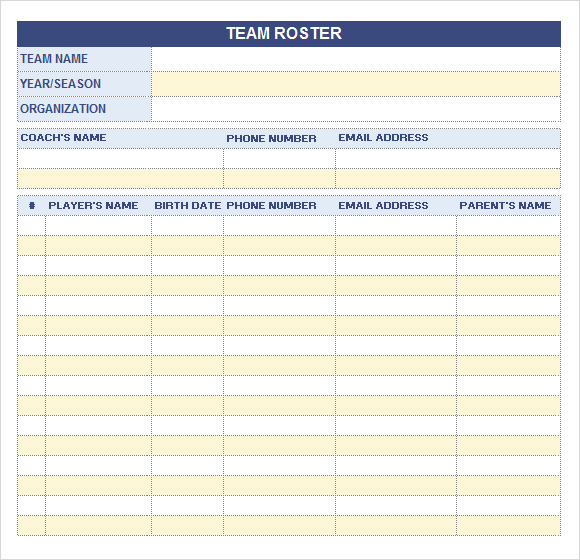
Roster Templates Microsoft Office Word
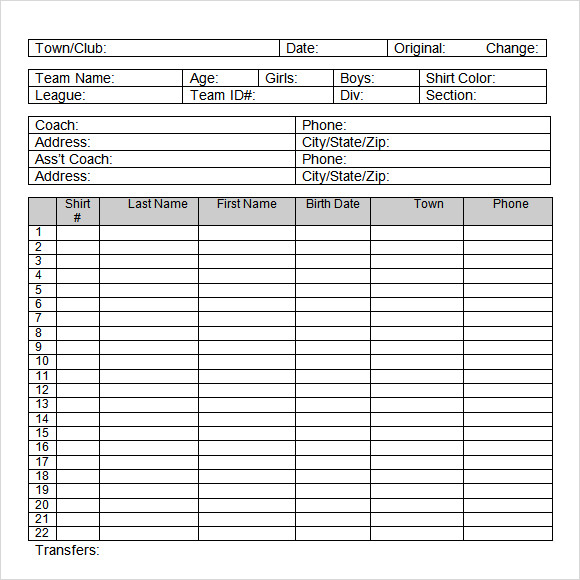
Staff Roster Template
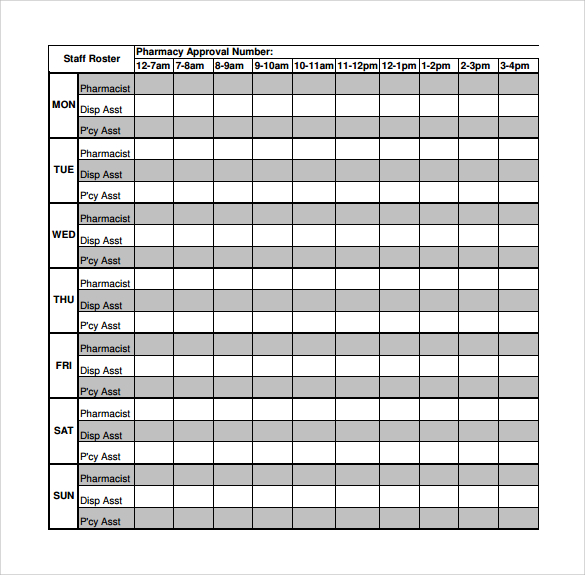
Formal Roster Template
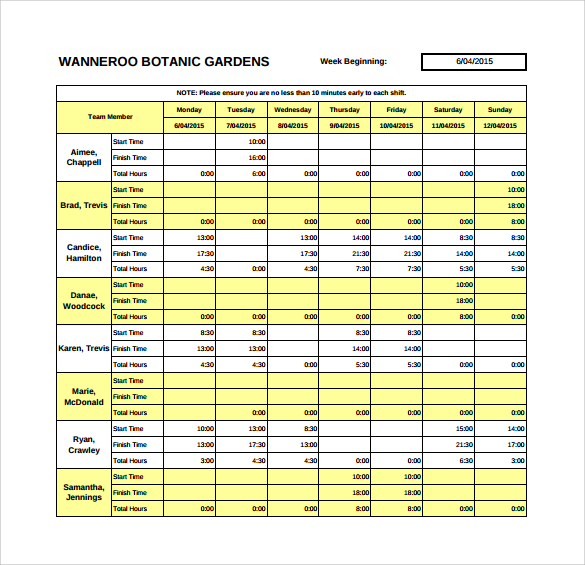
Basic Roster Template

If you have any DMCA issues on this post, please contact us!
Related Posts
Retirement Speech Samples & Templates
Weekly Schedule Samples & Templates
Contractual Agreement Samples & Templates
FREE 9+ Amazing Sample Church Bulletin Templates in PSD | PDF
Sample Business Card Templates
Sample Cashier Job Descriptions
Questionnaire Samples
FREE 10+ Sample HR Resource Templates in PDF
FREE 10+ HR Consulting Business Plan Samples in MS Word | Google Docs | Pages | PDF
FREE 49+ Sample Job Descriptions in PDF | MS Word
FREE 16+ Nonprofit Budget Samples in PDF | MS Word | Excel | Google Docs | Google Sheets | Numbers | Pages
FREE 13+ Academic Calendar Templates in Google Docs | MS Word | Pages | PDF
FREE 10+ How to Create an Executive Summary Samples in Google Docs | MS Word | Pages | PDF
FREE 23+ Sample Event Calendar Templates in PDF | MS Word | Google Docs | Apple Pages
Company Profile Samples